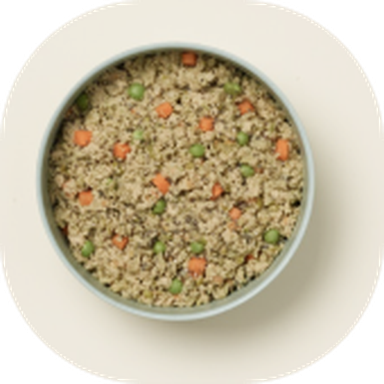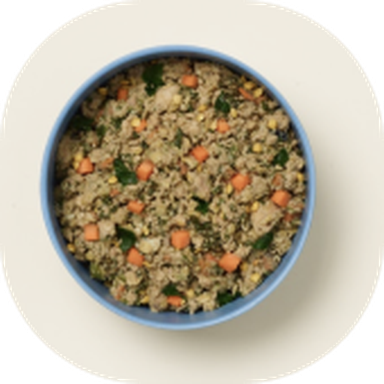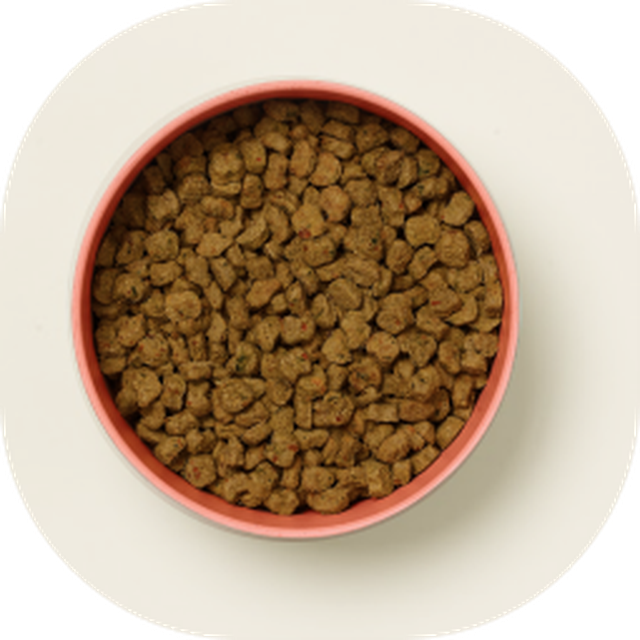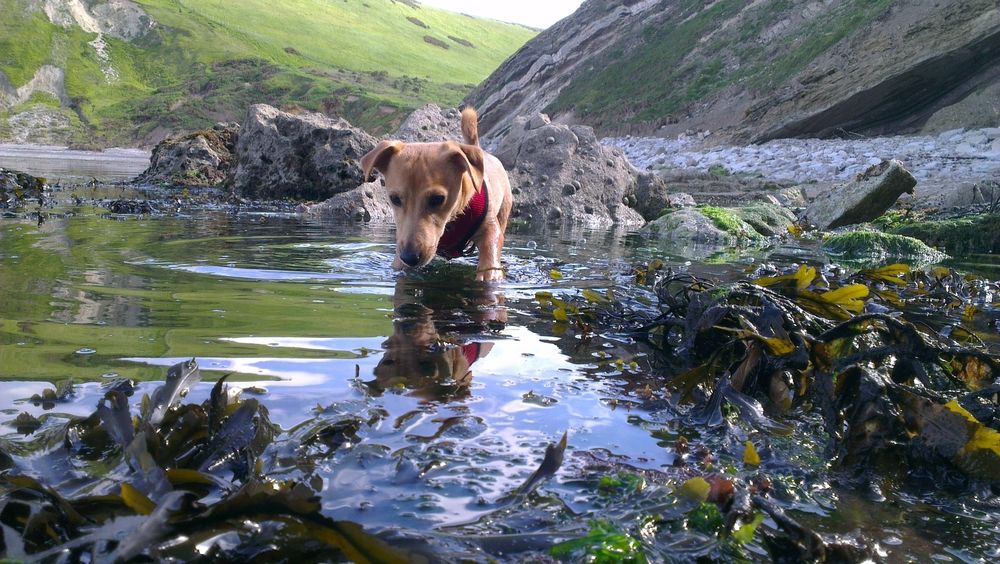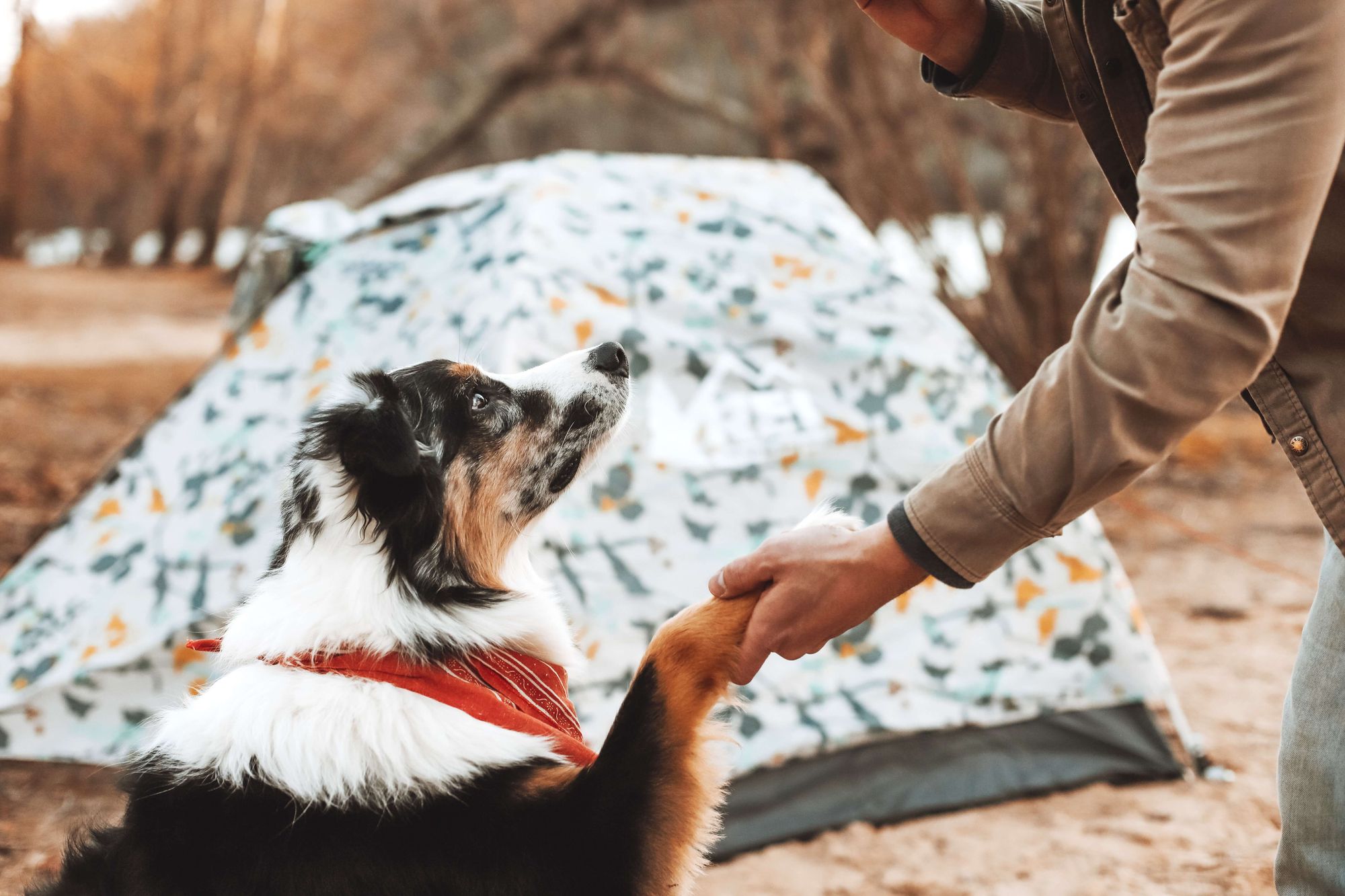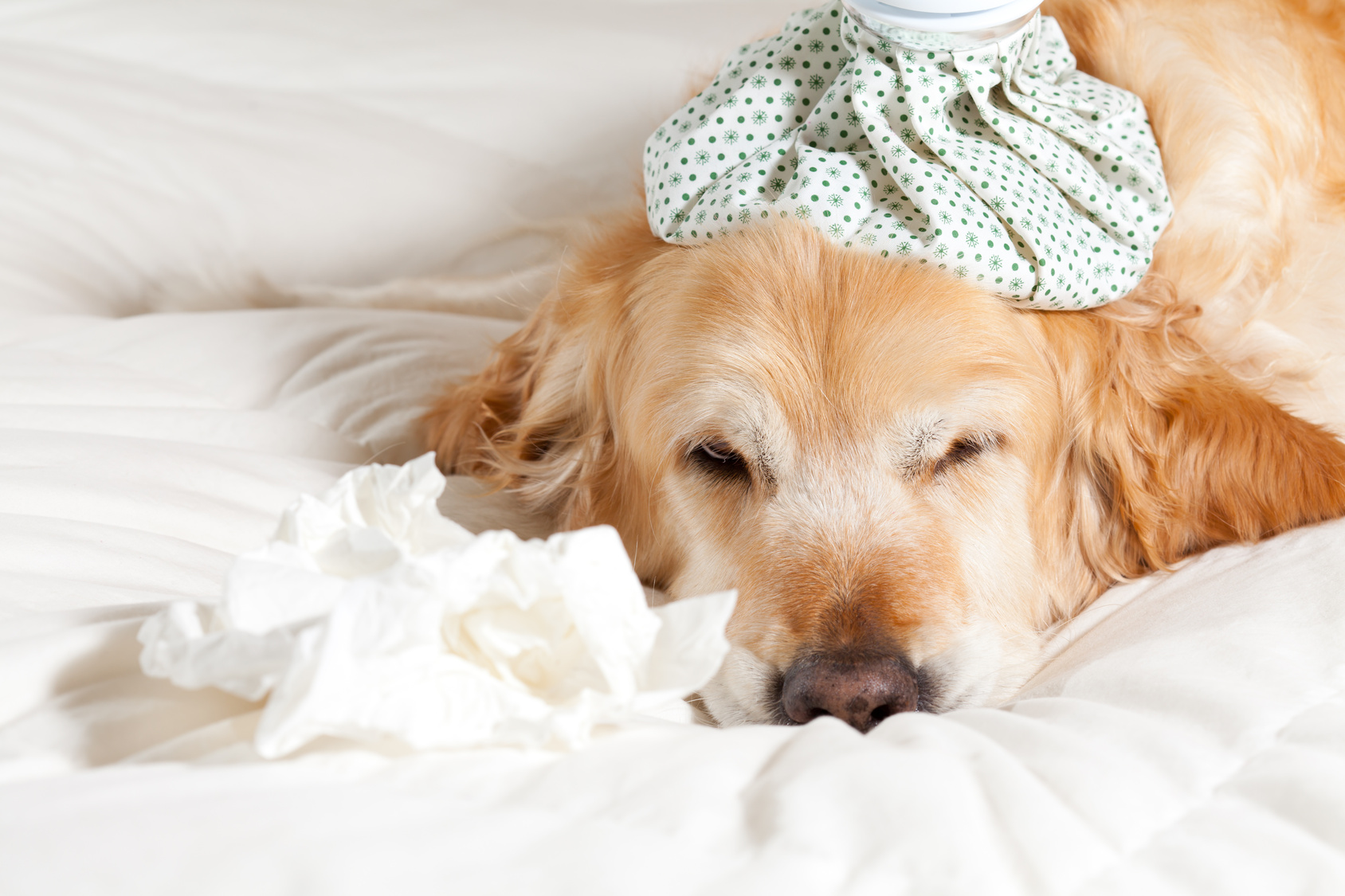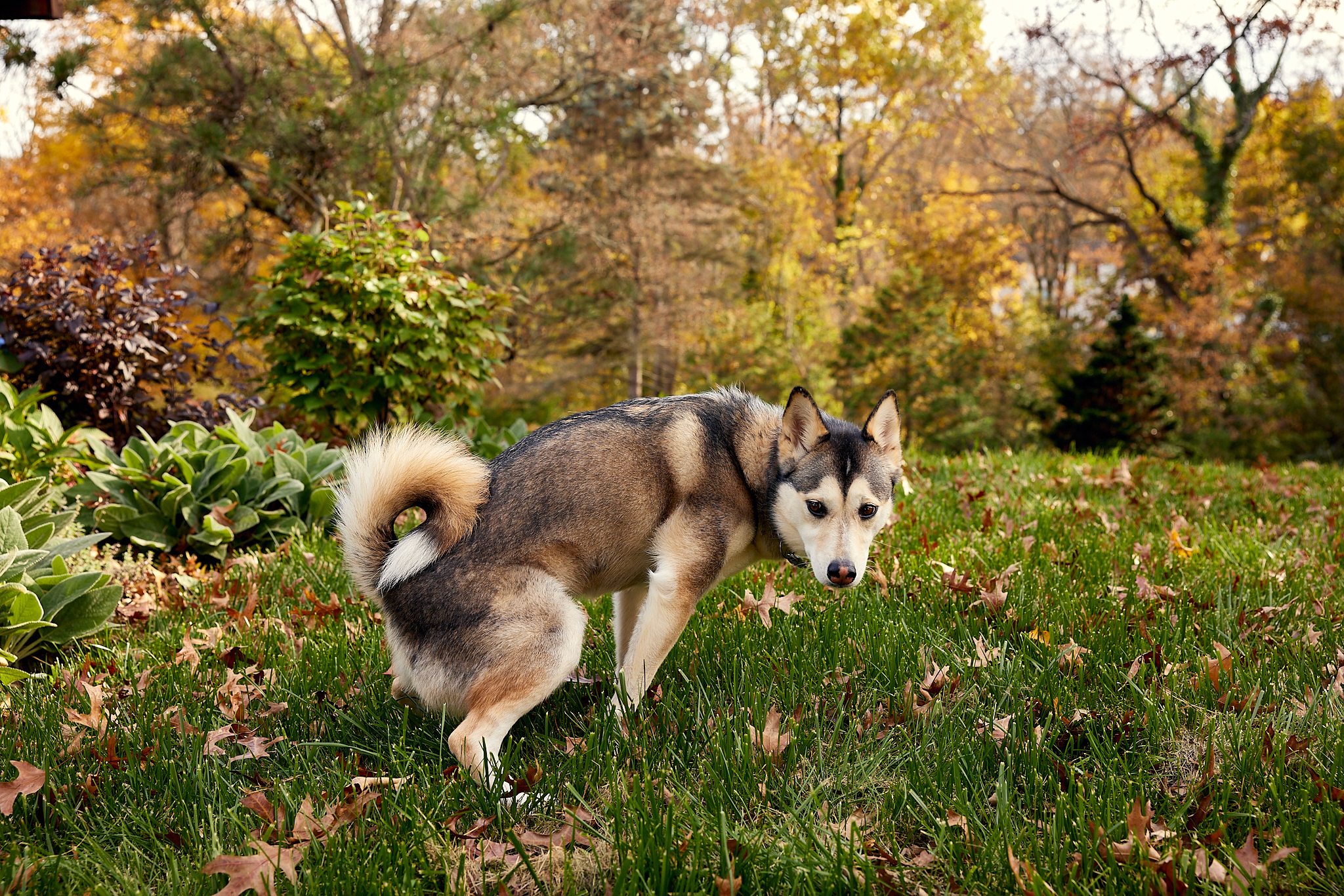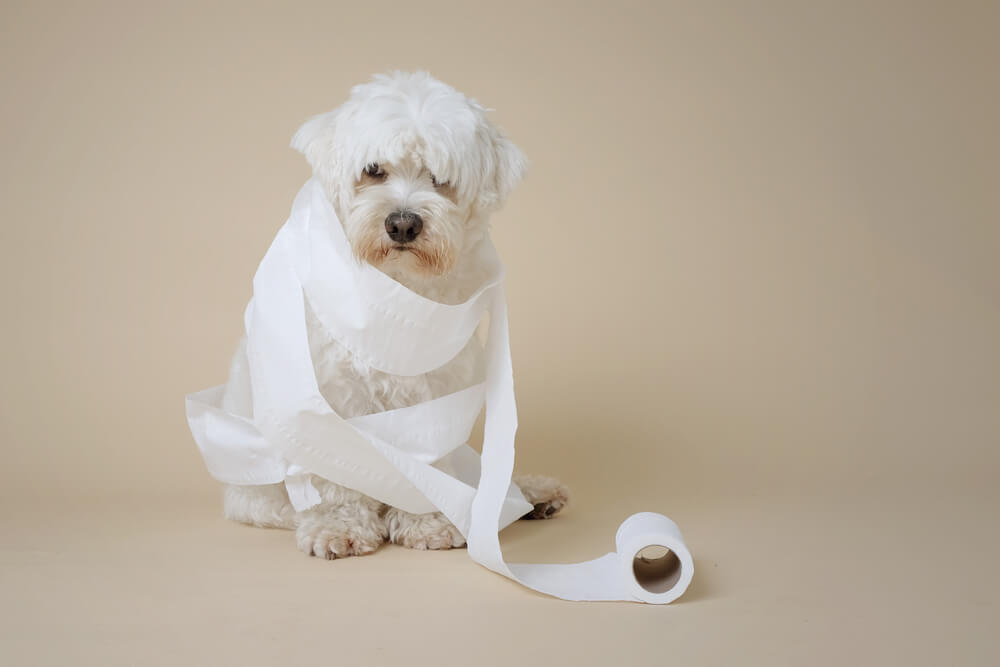Hey Ollie blog readers! We’re offering you an exclusive 60% OFF your starter box! Try now!
If you have a dog who likes to swim, one of your challenges may actually be keeping them safe around water. Many bodies of water aren’t suitable for pups (or people) to swim in due to pollutants or types of bacteria. One of these is blue-green algae. Learn all about this potential health threat and tips for keeping your pup safe from it when swimming.
What is Blue-Green Algae and why is it dangerous?
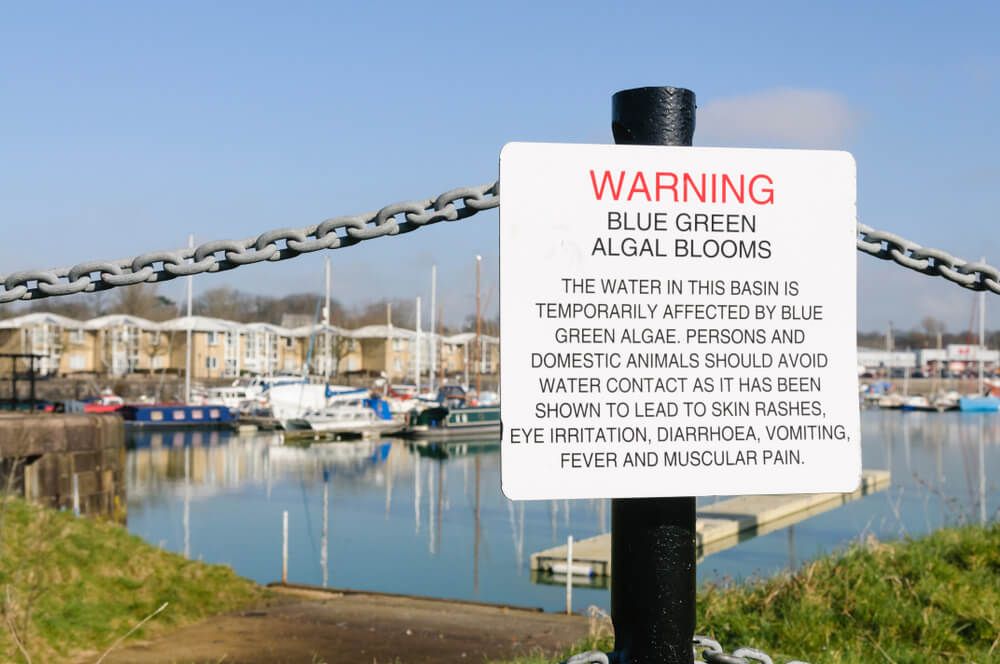
Blue-green algae is actually a type of bacteria called cyanobacteria. It grows abundantly in freshwater when the temperatures reach over 75 degrees. That means you’re more likely to encounter it in the summer in the northeastern United States but may see it year-round in parts of the south or anywhere it’s always hot.
This bacteria is incredibly toxic not only to dogs but also to wildlife like birds, fish, and even humans so it is very important to know if water is contaminated.
According to the ASPCA, “Water containing toxic algae blooms will often have the appearance of a pea-green paint or will appear as if there’s slime on the surface.
If certain wind conditions are present, the film will often concentrate along the shoreline in areas where animals may drink or swim.”
In addition to finding blue-green algae in larger bodies of water, it can be present in some smaller bodies that curious pups may want to explore. These might include backyard water features like small ponds, birdbaths, or even garden pots.
What is Blue-Green Algae poisoning in dogs?
The symptoms of blue-green algae toxicity in dogs include:
- Seizures
- Panting
- Excessive drooling
- Respiratory failure
- Diarrhea
- Disorientation
- Vomiting
- Liver failure
- Jaundice
- Paralysis
- Bleeding
- Pale gums
- Excessive tearing
- Muscle rigidity
- Ultimately death
If your dog has been swimming and is showing any of these symptoms, call your vet immediately. Dogs may be showing symptoms as soon as 30-60 minutes after exposure to the toxins. While vomiting and diarrhea can be the symptom of many conditions including saltwater poisoning, its is always better to be safe than sorry. Especially after swimming.
Even if your dog has not been poisoned by blue-green algae, there are other reasons they may need medical attention after swimming. Some of the symptoms like seizures and liver failure also require immediate medical attention.
Treatments for blue-green algae poisoning
"If caught before symptoms occur, therapy can be directed at ridding the body of the toxin. For example, your pet’s doctor may induce vomiting to remove the algae from the stomach.
They may also give oral activated charcoal to absorb the toxin. Or your veterinarian may perform gastric lavage on your dog or cat (pump the stomach)”, says Dr. Lynn Buzhardt of VCA Hospitals.
She also reminds pet parents that there is no antidote for blue-green algae. Treatments include providing care that will protect your pup’s vital organs and help their body eliminate the toxin.
Dogs with seizure symptoms will be treated for their seizures and if the liver is failing, medication may help to preserve function. If your dog is severely infected, the prognosis isn’t good. Many cases of blue-green algae poisoning are fatal.
How to keep your dog safe
Do your research before entering any body of water. Many state environmental agencies will test bodies of water for algae or other bacteria and pollutants.
Polluted water may be fenced off – and this is for good reason. Never access fenced-off bodies of water without express permission from the owner or whoever put the fence up.
You also want to make sure you read any signage before entering the water. If the sign says no swimming, it’s there for good reason.
The Ollie blog is devoted to helping pet parents lead healthier lives with their pups. If you want to learn more about our fresh, human-grade food, check out MyOllie.com.
Tagged As:

The nutrition your dog needs,
the food they want.

Enjoying our articles? Subscribe our Newsletters and get new articles directly to your inbox
You might also like
26 April 2024
4 MINS READ
How Often Should I Take My Dog To The Vet?
Routine veterinary care is important for your dog’s overall health—but how often should your pup visit the vet? We answer this question and outline common health signs that warrant a veterinary…
by Ollie Pets
28 February 2024
6 MINS READ
Why Do Dogs Eat Poop & How to Stop It
Does your dog partake in poop? We get to the bottom of this unusual behavior, including its medical and behavioral causes, and how to address it.
by Ollie Pets
30 August 2023
6 MINS READ
Dog Diarrhea: How to Prevent and Resolve
Dog diarrhea is distressing for pups and their owners. Understanding common diarrhea causes can help you respond quickly and effectively to your pup’s intestinal issues.

